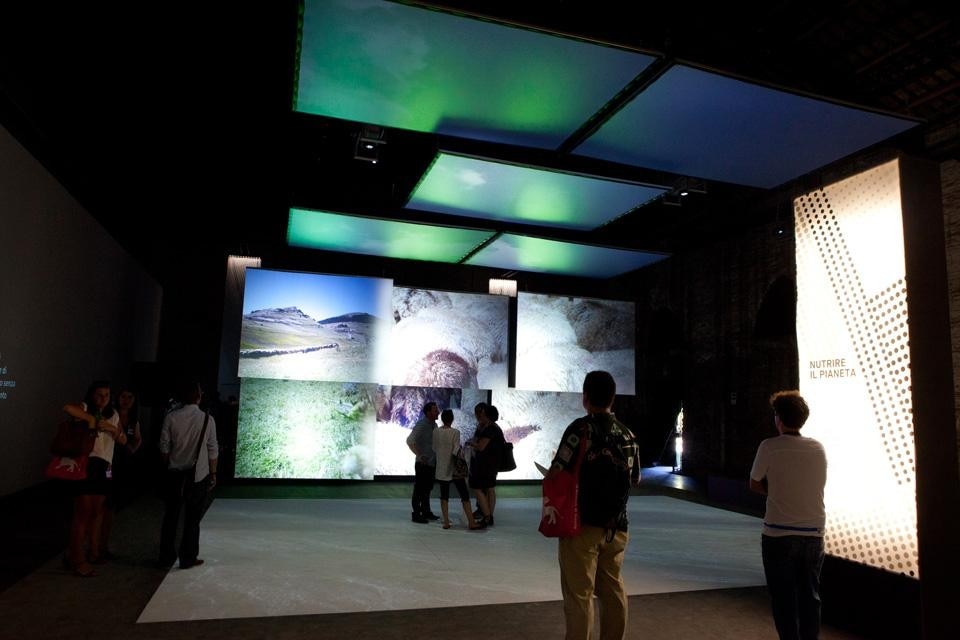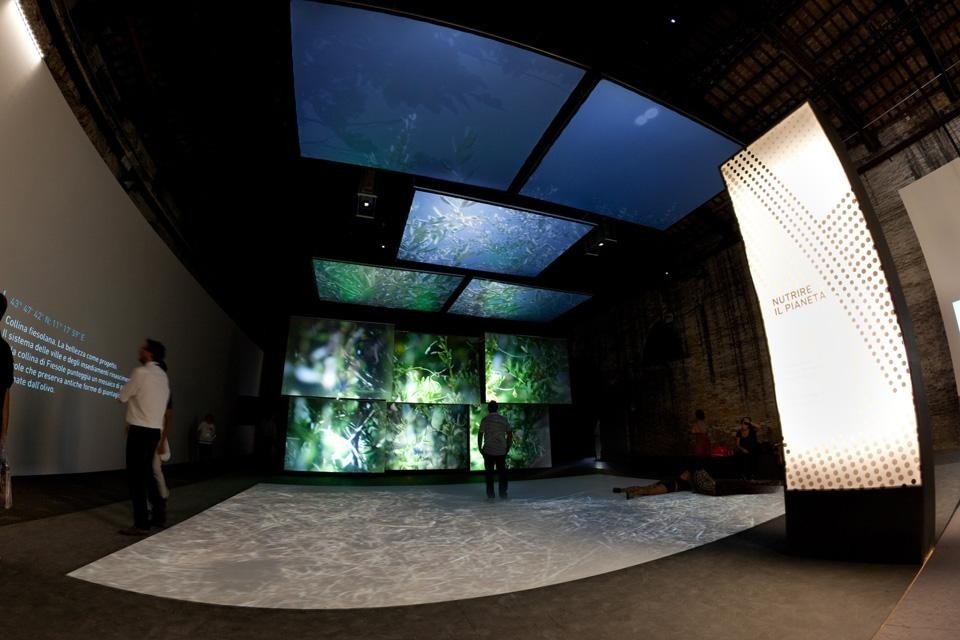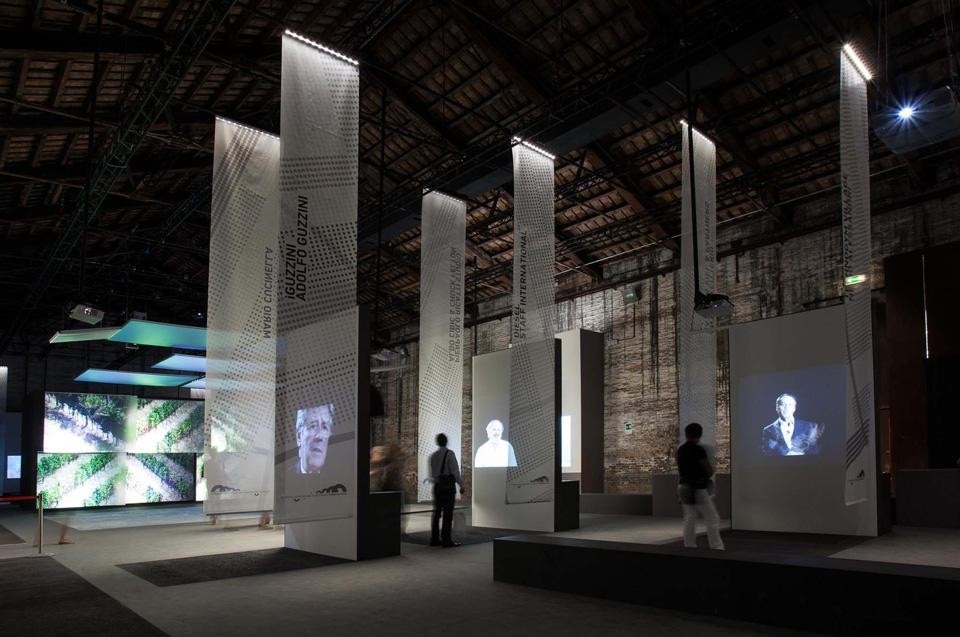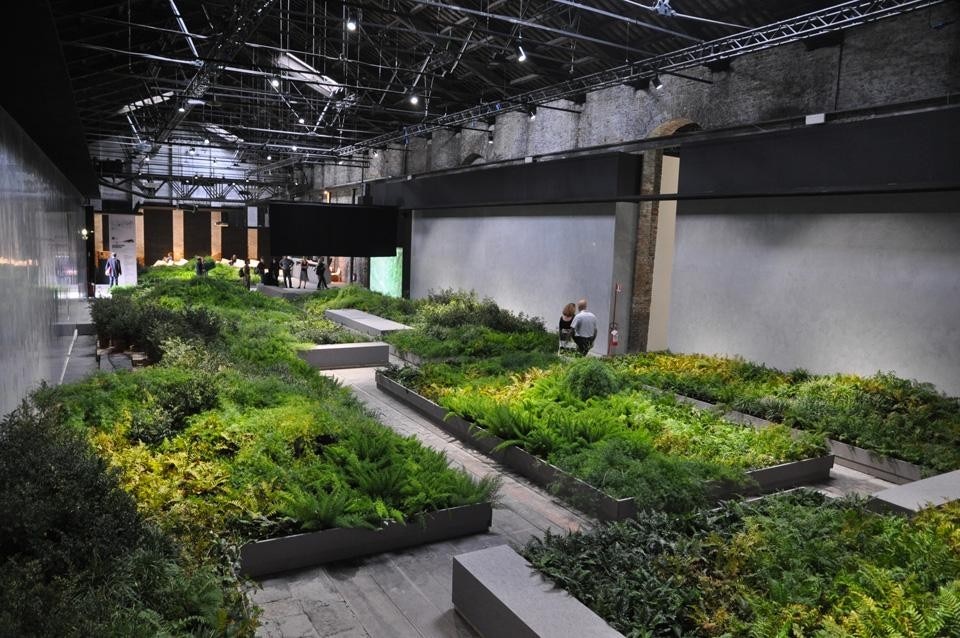Roberto Zancan: Based on your experience of curating the "From Olivetti to the green economy" exhibition in the Italian Pavilion, what the prospects for the issues addressed? In other words, what is the future of architecture in the era of the Green Economy?
Luca Zevi: Very simply and very humbly, we tried to produce a work of clarity. It is extremely important, first and foremost, to analyse what has happened, retrace the cultural roots and try to gain a perspective. In this sense, we focused all our efforts on what we have called the "fourth season", the future that starts today. We have provided snippets of this and directions of research, such as halting our assault on the land, upgrading public space, defending the emergence of new ways of living, and the role of the community in environmental management. These, I repeat, are snippets that we must turn into the architectural language of this "fourth season" that we want to see happen. We realise this has to be worked on but it was, to some degree, factored into the confines of our appointment. I believe it was important to give a clear interpretation of the status quo, what produced it and where it can go. Now we have to try and follow the route we traced.
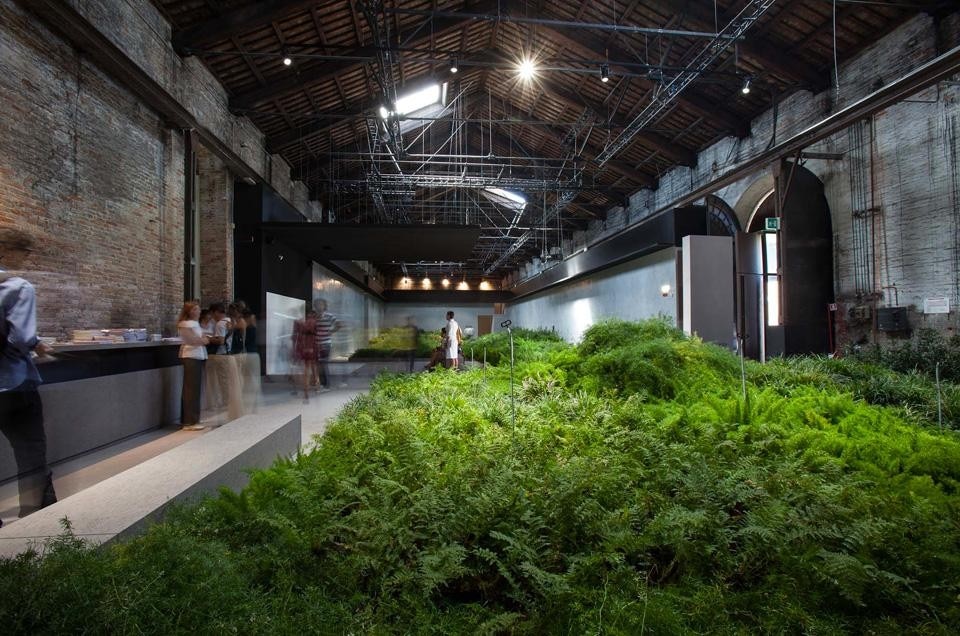
Optimistic about the desire to do so, as they say! I am convinced that if there is a recovery, this is the direction it will take and then we shall also have a new architectural season. I am not sure it will happen. I see contradictory signals and, given the situation in Italy, I could not guarantee that the implosive trends will be overcome and defeated.
Pessimism of the intellect...
Exactly, I am convinced that the two trends are fighting over the same terrain. We have tried to put forward our view, just as others put forward theirs, on the directions that could be taken and that these directions offer true economic development. Entrepreneurs have turned to architecture for business reasons, so a much vaster business interest can come from architecture and this can create a terrain for the work of architects that is very important.
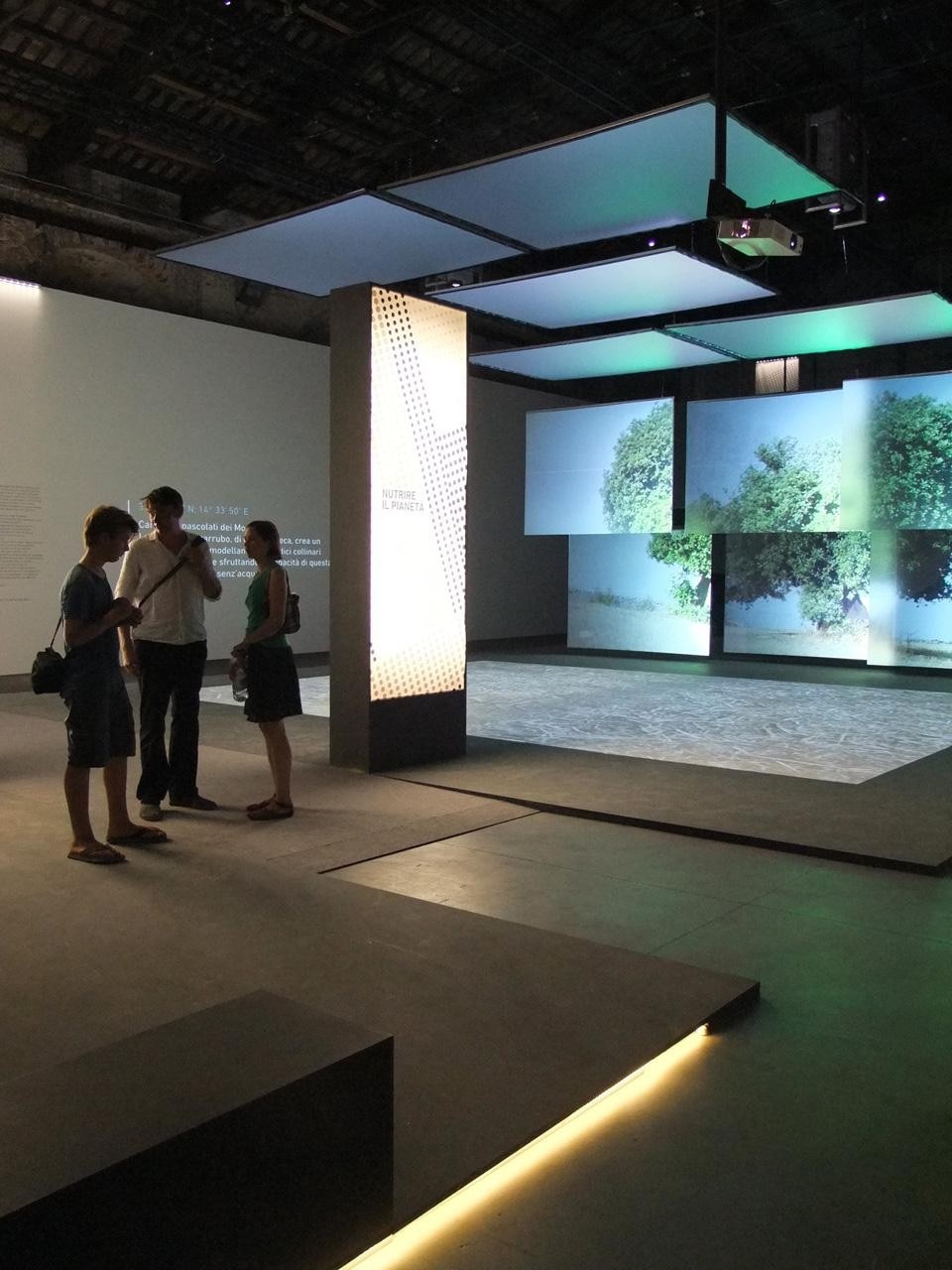
I believe that we Italians felt this type of approach was urgently needed. Rather than illustrating architectural works, which we could have done, we have showcased works that we see as important indications of how to re-forge the relationship between architecture and industry, between architecture and production. Of course, from what I have seen, there are some very poetic approaches, which are a wonderful thing and which we hope to apply soon if we emerge from the crisis. Nothing says that the Italian Pavilion must be what it is. This year, in our view, the most pressing thing was to reflect on the situation and try to find a way out of the crisis in our profession and that of society in general. I shall enjoy visiting all the other pavilions in search of different — analytical, poetic — approaches in this multitude of messages that is the Venice Biennale.
I believe that we Italians felt this type of approach was urgently needed. Rather than illustrating architectural works, which we could have done, we have showcased works that we see as important indications of how to re-forge the relationship between architecture and industry, between architecture and production
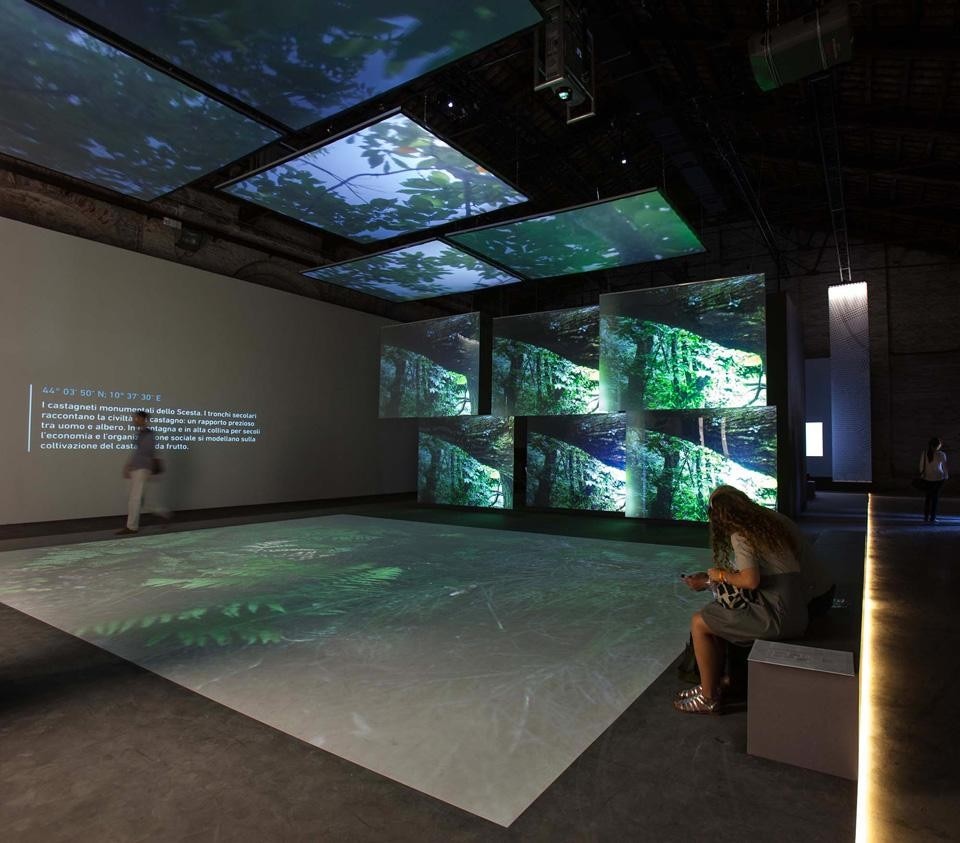
Unexpectedly positive reactions, also from the press. I am only one person in the orchestra that has worked joyfully and very hard on the pavilion, developing the contents as well as the display methods minute by minute. It has been extraordinary and there would be no pavilion without it. But the response we have received from the press is gratifying. Yesterday, at the opening, there were people, and not only architects, who felt touched by these issues and this was extremely comforting and an important corroboration. We shall now see how the architectural culture reacts because I want to know whether what we are saying is pertinent or not!
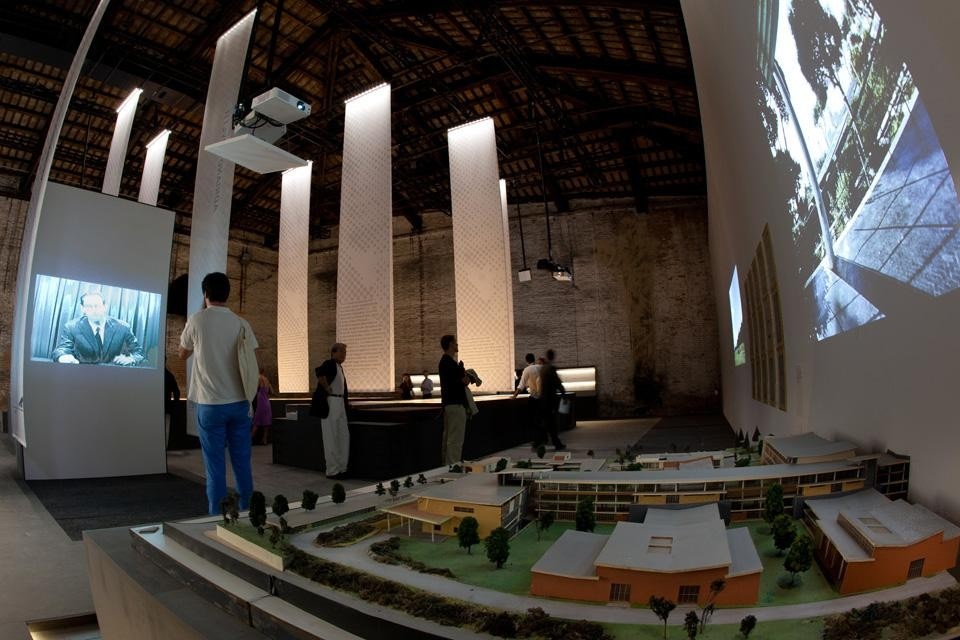
My main recommendation is linked to the fact that we were appointed late and there were certainly reasons for that but it causes complications, so I hope that it will be possible to appoint a curator more calmly in the future. That does not mean I am unhappy with the results. Quite the reverse, the Pavilion is what it is because of the wonderful symphony we created. The Biennale organisation offers efficient assistance and the Pavilion is in a beautiful and extremely stimulating space. What I would say is that, in less exceptional circumstances, the curator should be appointed earlier and I hope that would allow them to work serenely and effectively.
